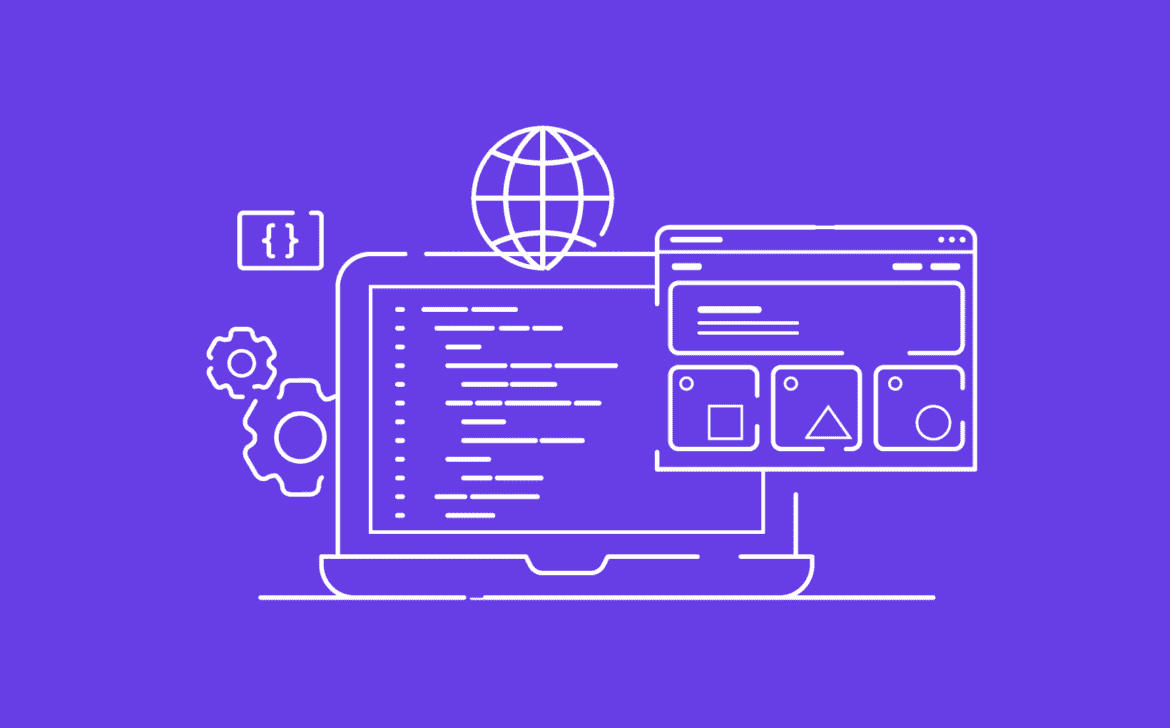Multi-modal Learning: Bridging the Gap Between Sight, Sound, and Text

In the quest to create machines that can understand the world as humans do, Multi-modal Learning has emerged as a groundbreaking field at the intersection of computer vision, natural language processing, and audio processing. This innovative approach allows machines to interpret and generate content from multiple sources of data—visual, auditory, and textual. Let’s dive into the world of Multi-modal Learning.
The Power of Combining Modalities
In a multi-modal system, machines have the ability to process and generate information from different sensory inputs. They can analyze images, understand spoken language, and interpret textual data all at once. This holistic approach to data processing opens up exciting possibilities for a wide range of applications.
Applications in Computer Vision
Multi-modal Learning is revolutionizing computer vision. It enables machines to not only recognize objects in images but also understand context. For example, it can identify a cat in a picture and comprehend a textual description of the cat’s behavior, leading to a richer understanding of the scene.
Natural Language Processing Enhanced
In natural language processing, Multi-modal Learning brings new dimensions to text analysis. Machines can analyze textual content while also considering accompanying images or audio. This is invaluable for tasks like sentiment analysis of social media posts, where the text alone might not convey the full meaning.
Advancements in Audio Processing
In audio processing, Multi-modal Learning aids in tasks such as automatic speech recognition and audio captioning. By combining audio data with textual or visual information, machines can improve the accuracy of speech recognition and generate more informative captions for audio content.
Challenges and Opportunities
While Multi-modal Learning offers immense potential, it also presents challenges. Integrating different modalities requires sophisticated models and datasets. Data alignment, model training, and addressing data biases are ongoing research areas. However, as technology evolves, these challenges are being addressed with innovative solutions.
Real-World Applications
Multi-modal Learning has a profound impact on real-world applications. It enhances human-computer interaction, aids in content recommendation systems, improves accessibility for individuals with disabilities, and drives innovations in fields like autonomous vehicles and healthcare.
The Future of Multi-modal Learning
The future of Multi-modal Learning is exciting. As machines become more proficient at understanding and generating content from multiple sensory inputs, we can expect advancements in virtual reality, augmented reality, and intelligent personal assistants, among others.

